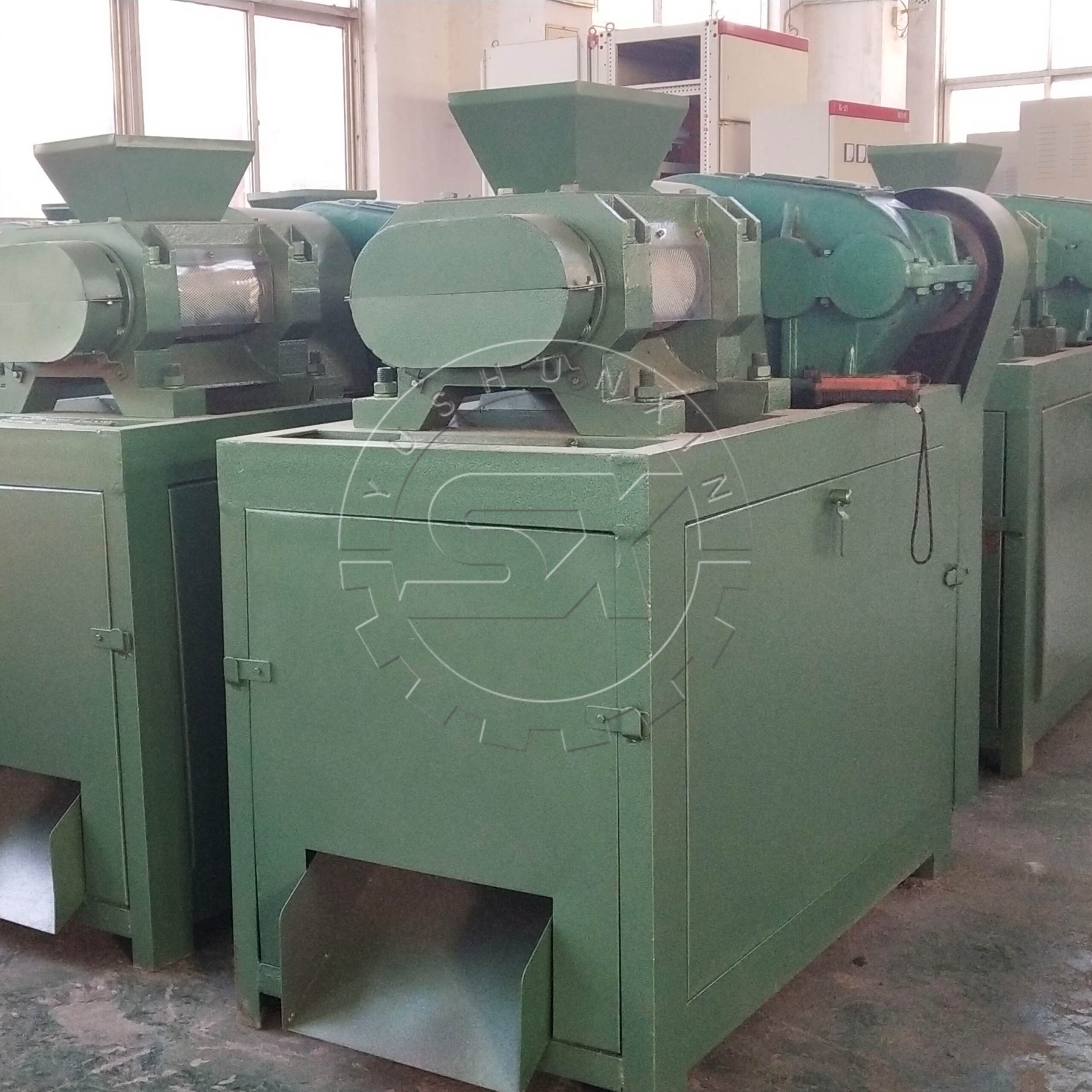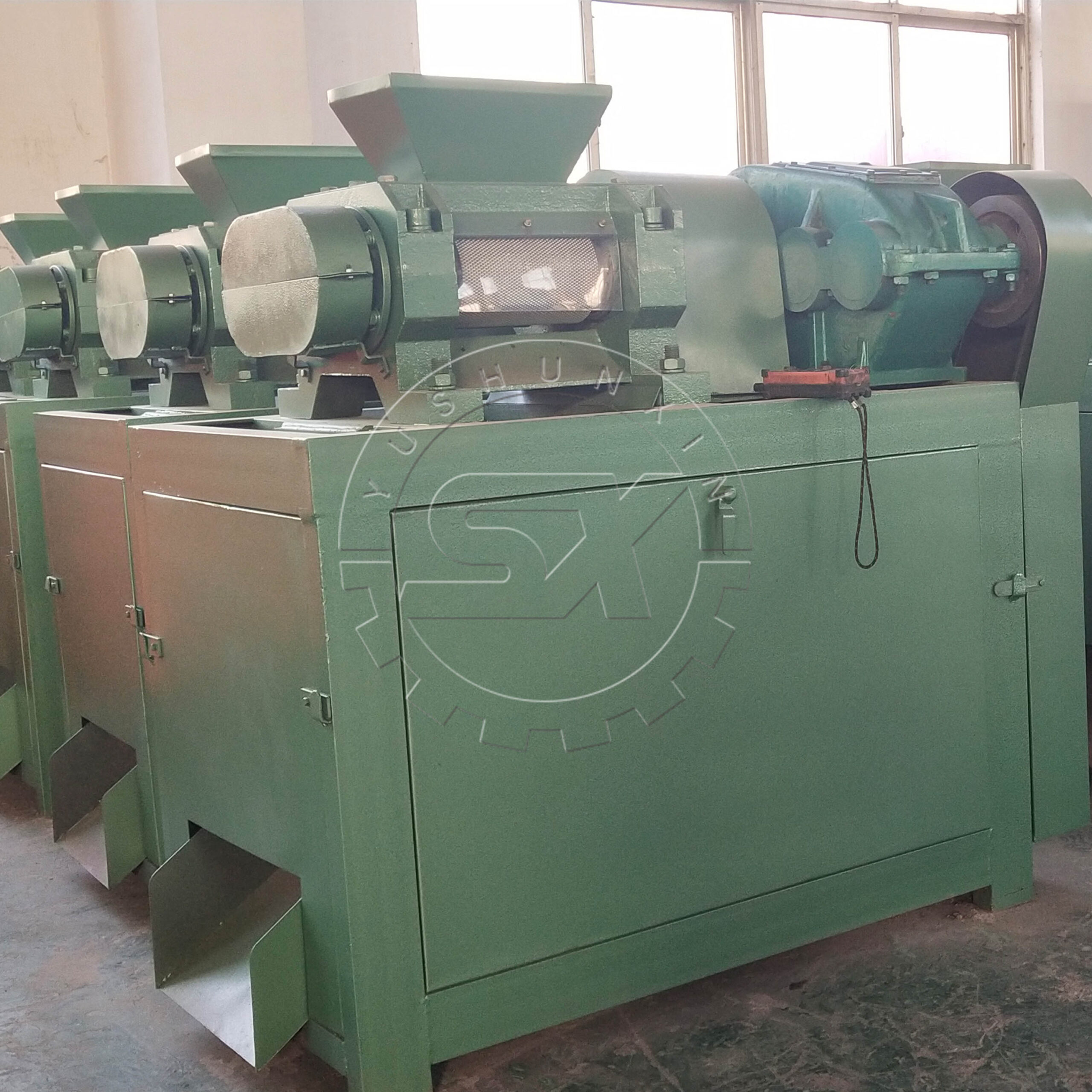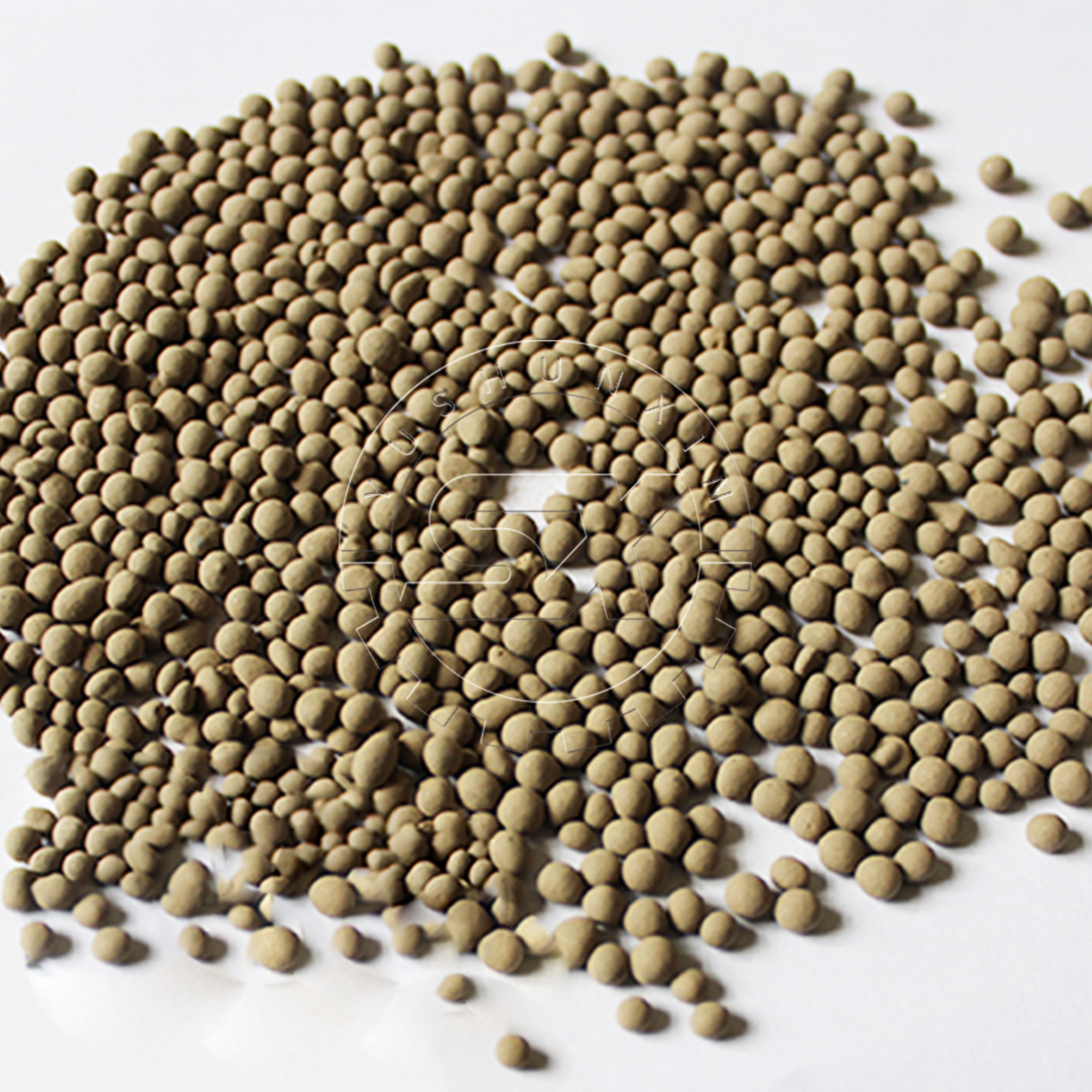The 20-20-20 NPK Fertilizer Plant In Bolivia
Last Week
A 10 t/h NPK fertilizer plant was set up in Bolivia with our help. It belongs to a fertilizer company whose director in the engineering department once asked us for a solution to his project of granulated fertilizer. The client planned to make NPK 20-20-20 fertilizer granules in Bolivia and needed us to provide him with a whole NPK compound fertilizer production line.
Then, how to make NPK fertilizer at his factory? What machine does he need for the his fertilizer project? Now, keep reading!
What Are The Raw Materials For NPK Fertilizer?
Generally, NPK fertilizer contains more than two micro nutrients that are basic for the growth of plants and crops. According to the client’s need to make 20-20-20 NPK fertilizer, he needs to prepare 3 types of raw materials. Then, what are the raw materials that are required for the production of NPK fertilizer?
Nitrogen
N stands for nitrogen, a requisite for the formation of amino acids and proteins. It can do lots of things to help plants grow. For example, plants’ ability to photosynthesize improves when you fertilize nitrogen in your field. Accordingly, sufficient nutrients and food make plants grow quickly and well.
Urea is one of the raw materials that is rich in nitrogen, about 45%. Most importantly, it has minor adverse effects on the quality of the soil. In other words, urea, as an NPK fertilizer, works for all the soil, without causing acid-base disturbances. You can choose it as the raw material to provide sufficient nitrogen.
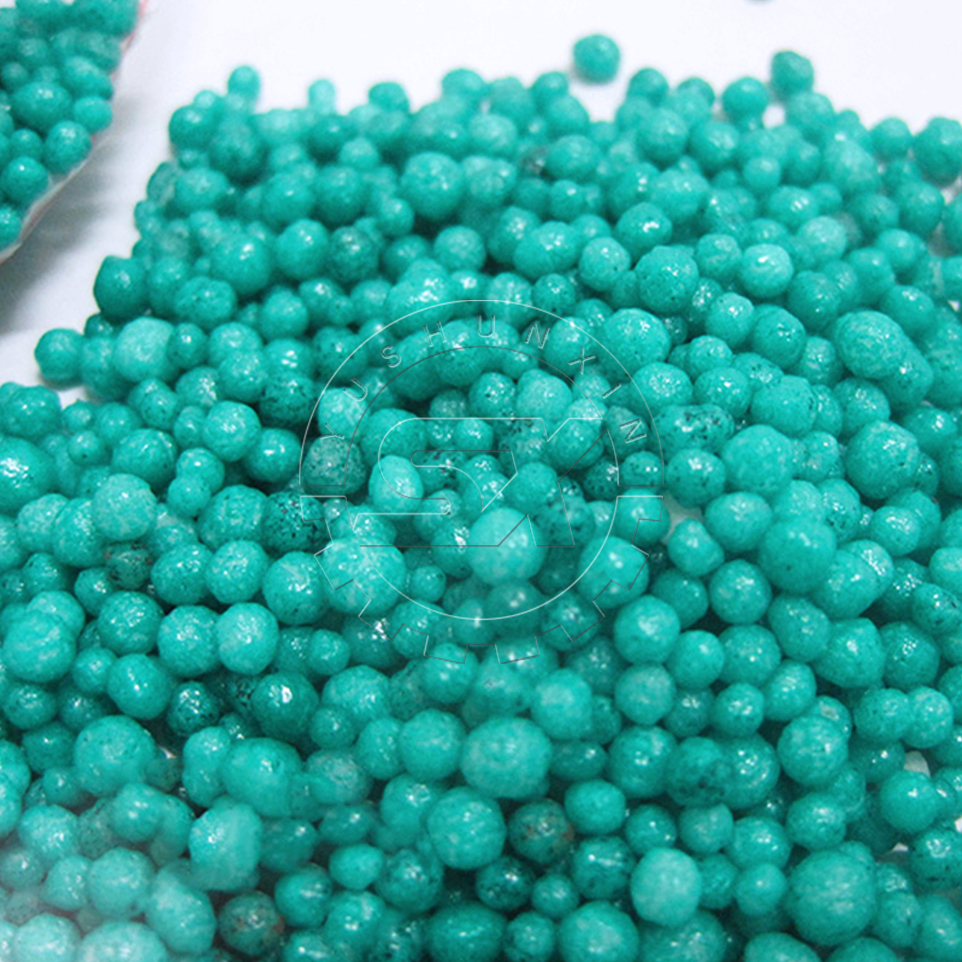
Phosphorus
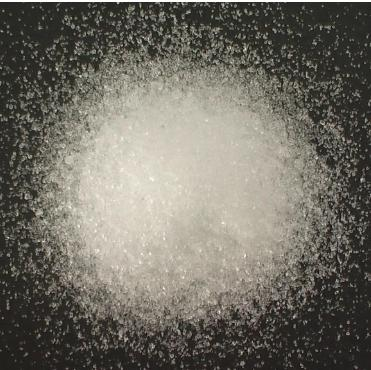
P means phosphorus. It is an essential element of nucleic acid nucleoproteins that have a big role in the formation of the nucleus and organelles. Without enough phosphorus, plants no longer grow because hardly any new cells form there. In addition, phosphorus makes your plant more tolerant in extreme environments, such as drought and cold weather.
Usually, phosphoric acid is a good choice as a raw material to make good NPK fertilizer, due to its low price in the markets.
Potassium
K is potassium, a matter that facilitates plants to absorb nitrogen and make new proteins. According to the study, plants can adjust their pores freely on the basis of their needs when they have enough potassium. For example, they tend to close their pores to prevent a great loss of water in hot weather, so they become more drought-tolerant.
There is a wide group of raw materials with sufficient potassium, including potassium sulfate, potassium nitrate and wood ash. But some of them are not easy to get. Therefore, it is highly advisable to use potassium chloride in the procedure of making NPK fertilizer. You have access to it on the market.
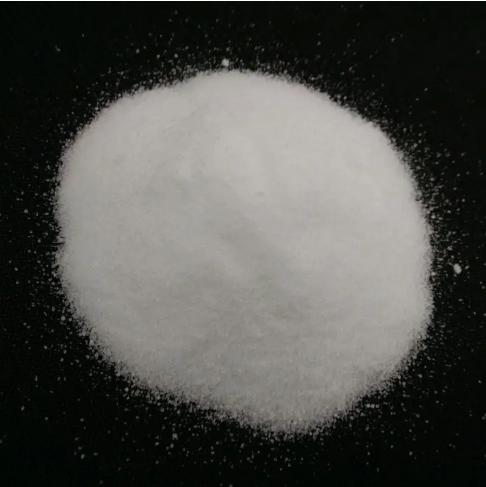
How to Make Fertilizer NPK 20-20-20 in Bolivia?
Now that the raw materials are ready, it is time to start NPK fertilizer production. But, what is the production process of NPK fertilizer? Today, let us introduce the NPK fertilizer technology.
Does it sound a little complex? In fact, the whole manufacture of NPK fertilizer is automatic in the plant, because we delivered a a 10 t/h NPK granular fertilizer production line to the buyer’s factory. It is equipped with necessary NPK fertilizer making machines that will process raw material automatically according to the foregoing steps
Which Granulator Should Be Used in the Granulation Step in the Manufacturing of Urea Fertilizer?
Our customer wants to make compound NPK fertilizer with the raw materials we mentioned before, namely urea, KCL and phosphoric acid. Then, how to make NPK fertilizer from them?
In general, wet granulation machines are highly advisable for NPK compound fertilizer factories. However, we suggested the client select a piece of dry granulation equipment. Why did we do that? The reason lies in one of his raw materials – urea.
Why Should the Buyer Use a Dry Granulation Technique to Make NPK Fertilizer with Urea?
Urea is a magical little thing. It is totally harmless to the soil if you fertilize it in the right way. In the process of granulating, however, urea will produce a chemical substance called Biuret that can stunt the growth of plants and crops, if it meets too much heat. According to the national standard, quality NPK fertilizer granules should contain less than 0.5 % of Biuret. But, urea is likely to produce that more in the process of wet granulation.
As we know, NPK fertilizer granules produced with a disc granulator machine or a rotary drum granulator are soft and need to be dried and cooled. Otherwise, the water in them will lead to caking problems if you pack the granules without any processing. In short, no drying, no bagging. To increase the efficiency of drying, the fertilizer drying machine is equipped with a hot blast furnace that can provide heat waves. The heat inevitably will cause urea to produce Biuret. Thereupon, you need to skip the process of drying NPK fertilizer. Since drying is necessary for wet granulation, the buyer should choose an NPK granular fertilizer machinery working on the principle of dry granulation.
Extruder Pelletizer for Making NPK Fertilizer
As a supplier of NPK granulating machines, we offer a dry granulating machine for making NPK fertilizer. Our roller press granulator is designed for compound fertilizer production. As one of the dry granulating machines in fertilizer production, it uses 2 rollers, which have many ball sockets, to press NPK fertilizer power into little pellets.
In the process of granulation, the client doesn’t need to add any liquid as adhesive. The compound fertilizer powder will be extruded into granules by a huge extrusion force. As it transforms into granules, there is no change in its water content that is below 10% as always. With an ideal level of water content, NPK fertilizer granules will not break into pieces or cakes. You don’t need to dry them, and accordingly, no more Biuret in your fertilizer.
How to Manufacture NPK Fertilizer According to the Formula?
In the email from the customer, he had a formulation to make NPK fertilizer granules. Then, how to make NPK fertilizer in accordance with his recipe?
A dynamic batching machine will nail it! According to the client’s formulation, mainly NPK 20-20-20, 1 kg of NPK fertilizer should have 200g of urea, KCl and phosphoric acid, respectively. Manual batching is a taxing job in a 10 t/h NPK fertilizer making plant. Hence, a dynamic batching machine will save a lot of time and energy in the NPK fertiliser manufacturing process.
We customized an automatic batching machine with 3 hoppers. The client can calculate the quantity of NPK in his fertilizer and adjust the feeding speed of the batching machine according to the ratio. Then, he needs to put his raw materials into the hoppers, and then the machine will batch each material consecutively and precisely. The fertilizer conveyors will carry raw materials to the NPK fertilizer blending machine.
Bentonite Used in the Production of NPK Fertilizer Granules
The buyer once mentioned that bentonite was one of the materials for NPK fertilizer preparation. But, why should he use bentonite to make compound fertilizer? Let us tell you something about bentonite, a multifunctional substance in the fertilizer industry.
Contact Us Now
To Start NPK Fertilizer Manufacturing Now!


